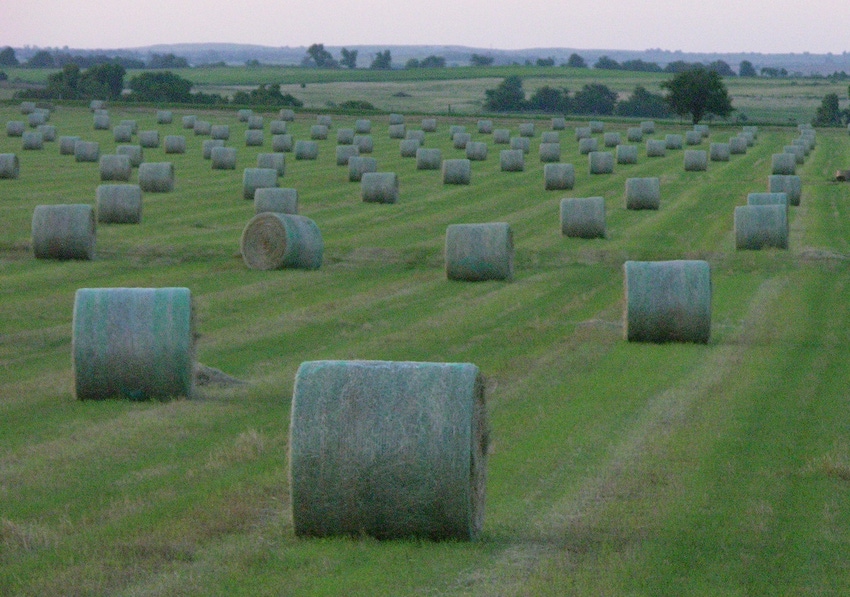
Lately I’ve been rereading and studying some books that I liked the first time or two or three that I went through them. Lately, one of them has been Kick the Hay Habit by Jim Gerrish. He and I have different backgrounds and some different beliefs but I am of the opinion we are on the same side and are friends.
Several years back -- and likely several times since -- I outlined my thoughts on eliminating hay from a cattle operation and how I would approach that proposition. Considering expenses and income, it is likely the number-one best decision most producers can make. Since there is a complete paradigm shift required and some real planning and execution involved, the decision must be sincere.
My thoughts and advice tend to move in the direction of a three-year plan for most year-around cattle operations. If you are not wholly sold out and fully committed you will likely quit and learn or profit very little. That’s enough preaching. Most everyone agrees that hay is most beef producers' major profit decreaser. Remember that the major factor is to switch from hay feeding to grazing in winter and early spring.
To eliminate hay and move to year-around grazing there are several principles you will need to adopt:
Stock the ranch for winter rather than for the growing season.
Move to easy-keeping, usually smaller cattle that are highly productive.
Manage for huge increases in plant diversity and high biomass production.
Manage for an biologically rich landscape.
Increase animal density per acre tremendously for extremely short periods.
Increase plant recovery to completion of the higher-seral plants.
Begin growing a winter "haystack" four to six weeks or longer before the first day of summer. In areas of less than 25 inches rainfall this needs to begin 10-12 months earlier.
Learn and be proactive monitoring what is going on with the cattle on a daily basis. The same is true with the land and forage and soil in front of, under and behind the herd.
Eliminate multiple herds or groups of cattle. We just cannot afford to split off animals for more than extremely short periods.
Eliminate most equipment. If you have it available, chances are that you’ll spend the money and use it.
Hang away from people that don’t agree with your no hay mentality.
Add supplement if needed, add it early and keep it up.
Keep a notebook and record what you’re doing on a regular basis, maybe daily.
Learn to pay attention and study everything. It all connects.
Eliminating hay is our first major step in reducing production cost. This jumps our profitability per acre on an annual basis. Remember that if you profit every year it is not possible for the market to take you out. Extremely low-cost producers make money every year. Any business that lacks consistent profitability is not lucrative. No-hay ranching is quite lucrative and mostly fun.
Truth is that I love good health and hate stress and sickness. I have made my share of bad decisions in the last 50 years. Getting the hay out of my cattle operation was not one of them.
About the Author(s)
You May Also Like






